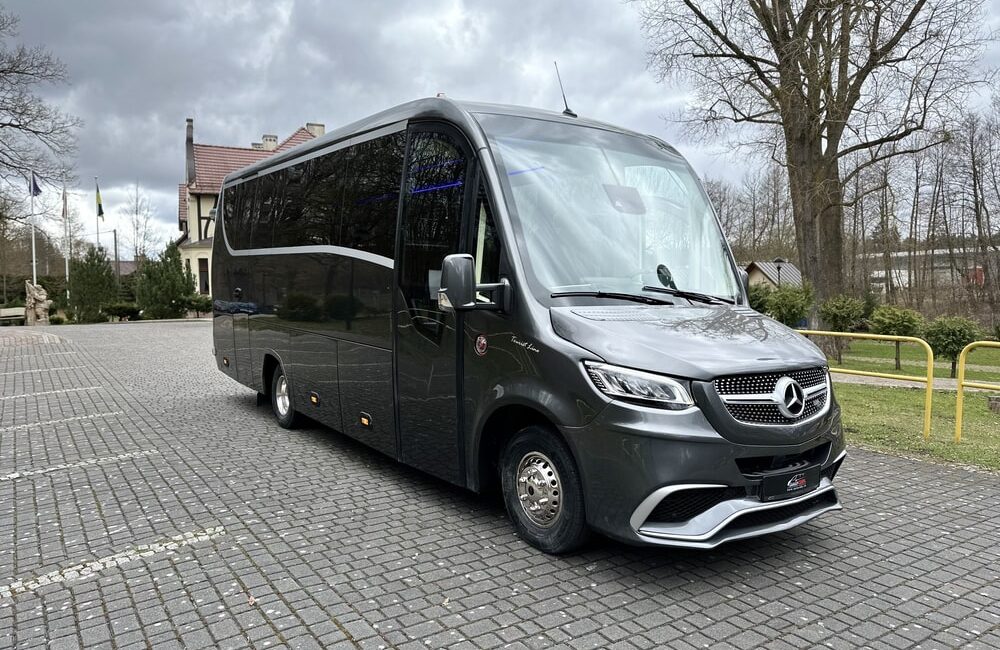A closer look at buses and minibuses
In the bustling world of urban transportation, buses and minibuses stand as reliable workhorses, ferrying people to their destinations and contributing to the ebb and flow of city life. These vehicles might appear similar at first glance, but each serves a distinct purpose in the realm of public transportation. In this blog post, we’ll delve into the world of buses and minibuses, exploring their characteristics, benefits, and their integral role in shaping modern transit systems.
The Versatility of Buses
Buses, often referred to as “mass transit giants,” are the backbone of public transportation in many cities across the globe. Their large size and capacity make them suitable for moving significant numbers of passengers efficiently. Let’s explore some key aspects that make buses a vital part of urban mobility:
Capacity: Buses come in various sizes, from standard to articulated buses that can hold a substantial number of passengers. This capacity is especially valuable during rush hours and for connecting major points within a city.
Accessibility: Modern buses are designed with accessibility in mind, featuring ramps or low floors to accommodate passengers with disabilities, strollers, and bicycles.
Routes: Buses can cover a wide range of routes, serving both densely populated urban areas and suburban regions where rail networks might not be as feasible.
Cost-Effectiveness: Buses are often a more cost-effective option for cities looking to expand their public transportation systems without investing in expensive infrastructure like rail lines.
Adaptability: Bus routes can be adjusted more easily than fixed rail routes, allowing transit authorities to respond swiftly to changes in population density and travel patterns.
The Charm of Minibuses
While buses are the giants of public transportation, minibuses hold their own charm by offering a more personalized and flexible travel experience. Here’s why minibuses are gaining popularity in certain contexts:
Compact Size: Minibuses are smaller than standard buses, making them ideal for navigating narrower streets and routes that might be challenging for larger vehicles.
Point-to-Point Service: Minibuses often provide point-to-point service in areas where demand might not justify full-size buses or where passengers require more direct routes.
Community Engagement: In some cases, minibuses serve as community shuttles, connecting neighborhoods, senior centers, and other local hubs.
Customization: Minibuses can be customized to suit specific requirements, such as luxury minibuses for tourism, airport shuttles, or mobile offices.
Adaptation: Similar to standard buses, minibuses can be quickly rerouted to meet changing needs, providing a level of adaptability that resonates with dynamic urban environments.
The Road Ahead: Innovations and Sustainability
As the world becomes increasingly focused on sustainability, the realm of buses and minibuses is not lagging behind. Innovations in electric and hybrid propulsion systems are transforming these vehicles into eco-friendly options. Electric buses and minibuses offer reduced emissions, quieter operation, and lower operating costs compared to traditional diesel counterparts.
In the intricate tapestry of urban transportation, buses and minibuses are threads that connect people, places, and experiences. Buses, with their sheer capacity and reliability, form the backbone of many transit systems. On the other hand, minibuses cater to niche needs, offering personalized service and adaptability. As cities continue to evolve, so too will these vehicles, playing a pivotal role in shaping the future of public transportation that is efficient, sustainable, and responsive to the needs of diverse communities.
Check out our realisations:
CUBY SPRINTER BUS/MINIBUS CONVERSIONS
CUBY IVECO BUS/MINIBUS CONVERSIONS

